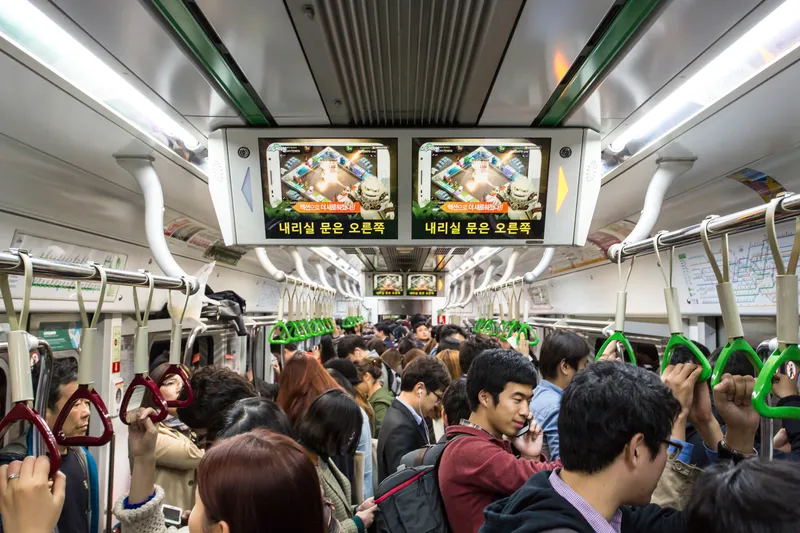The aim is to manufacture unified IP-based access control, video surveillance and licence plate recognition solutions in a single platform, to ensure passenger safety, manage incidents and conduct investigations in the railway industry without affecting regular transport operations.
Genetec’s Security Center and Moxa’s smart rail solutions, including high-performance railway IP video cameras, network video recorders and train-to-ground communication systems, provide a powerful and reliable system that enhances security and increases operational efficiency, allowing real-time access to onboard IP cameras from any location on the network and automating the offload of video recordings.
Benefits of the unified security system include enhanced situational awareness with seamless access to onboard and wayside IP video surveillance cameras, increased operational efficiency, as well as accelerated investigations with full-motion HD IP video and consolidated reporting and automated emergency response.
Moxa and Genetec partner on integrated IP video surveillance
Moxa and genetic are to join forces to develop an integrated solution for the unification of onboard and wayside IP video surveillance in a single, seamless system.
September 17, 2014
Read time: 1 min










